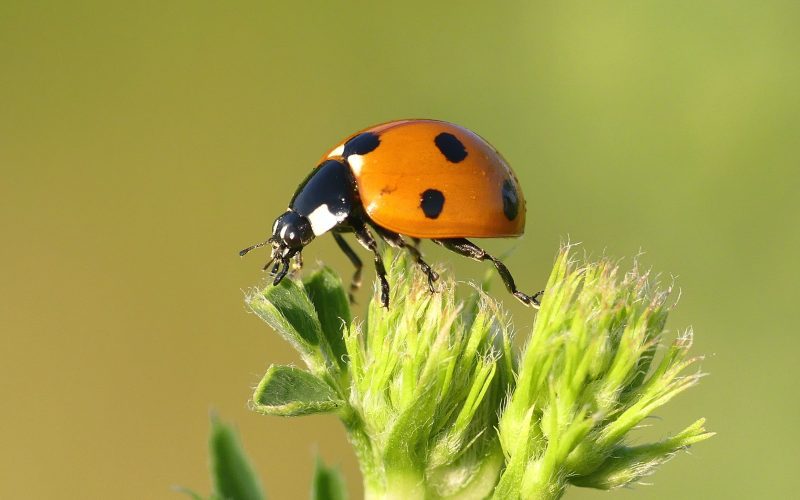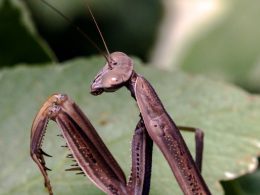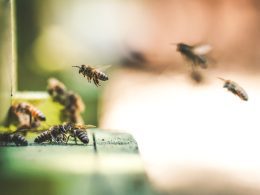Ladybugs are some of the most beloved insects in the world. They are known for their striking red and black colors and their voracious appetite for aphids, which makes them a welcome sight in gardens and farms. But there is more to these adorable insects than meets the eye. In this article, we will explore the fascinating world of ladybugs and their importance to the ecosystem.
Ladybugs, also known as ladybirds or lady beetles, belong to the family Coccinellidae. There are over 6,000 species of ladybugs worldwide, and they come in a variety of colors, including yellow, orange, and brown. However, the most common ladybugs are the red and black ones that we are all familiar with.
One of the most interesting things about ladybugs is their life cycle. Ladybugs go through a complete metamorphosis, meaning they have four distinct stages: egg, larva, pupa, and adult. The eggs are usually laid on leaves and can be yellow, orange, or white. The larvae that hatch from the eggs look nothing like ladybugs; they are long and slender with spiky bodies and legs. They feed voraciously on aphids and other small insects, sometimes consuming up to 400 in their lifetime. After a few weeks, they pupate and transform into the familiar round and colorful ladybugs we know and love.
Ladybugs are not just cute; they are also important predators that help control pest populations. A single ladybug can eat up to 5,000 aphids in its lifetime, making them a valuable asset to farmers and gardeners.











